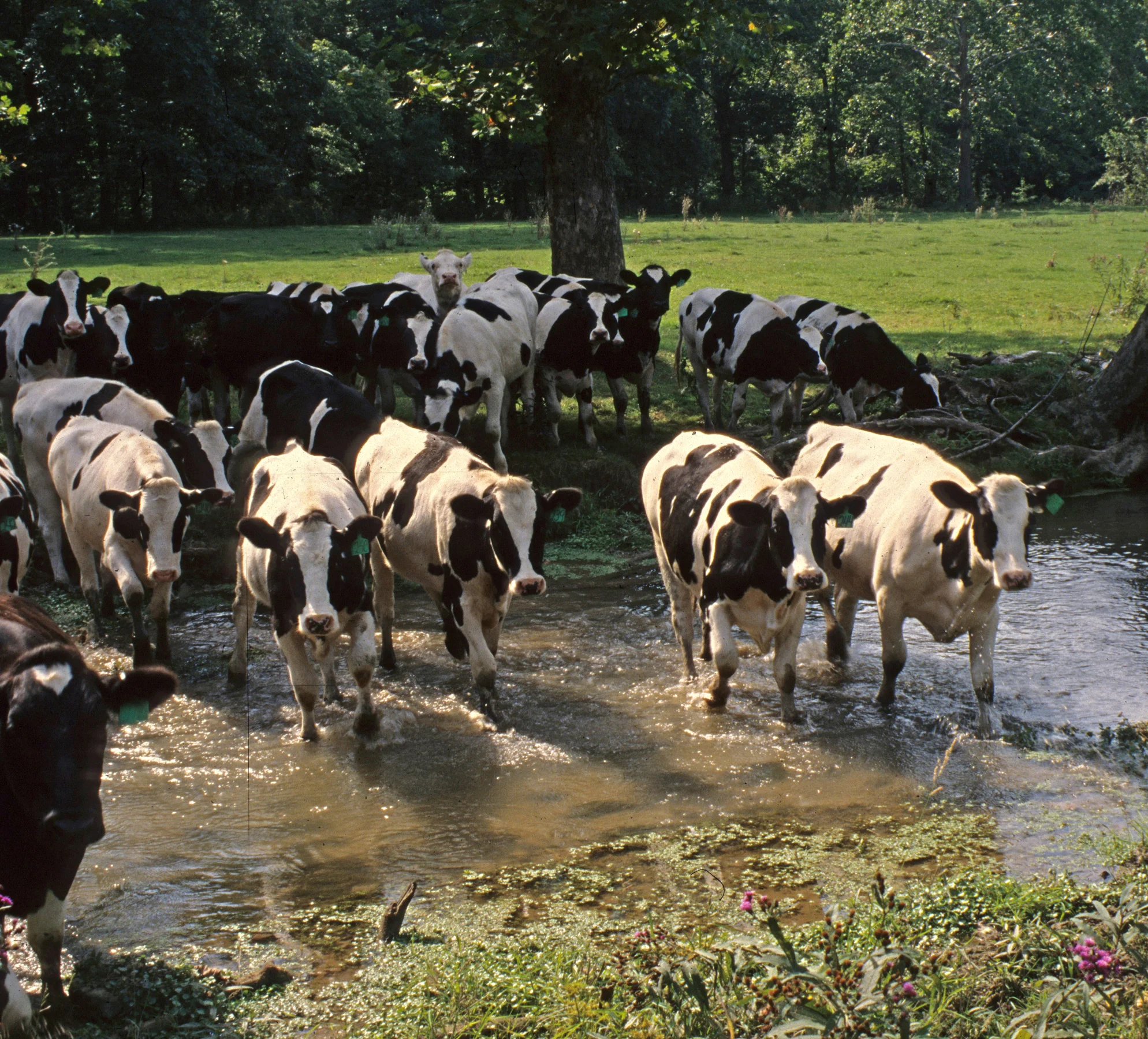Potomac River's health improves to a B, its highest grade ever
/New attacks on water protections threaten recent progress
The health of the Potomac River continues to improve, earning its highest grade ever in Potomac Conservancy’s tenth State of the Nation’s River report, released on March 27.
In a dramatic turnaround for the source of DC region’s drinking water, the Potomac River’s health has improved to a B, up from an abysmal D — in just ten years.
Top pollutants are on the decline, native fish and wildlife are returning, and more of our upstream forests are under protection.
The river’s comeback has been decades in the making. "The Potomac River is making a comeback and is on its way to joining the Charles, Willamette, and other urban rivers that have made remarkable recoveries in recent years,” said Potomac Conservancy President Hedrick Belin.
But that progress is fragile.
Polluted runoff, rapid deforestation, and new attacks on water protections threaten to return dangerous pollution to local waters, the report warns.
"We’ve reached a critical turning point for the river, and we can’t backslide now. We must strengthen — not weaken — water protections so fishermen can eat their catch, children can safely swim, and we can drink water without worry,” Belin said.
The Chesapeake Bay Program's multi-state cleanup effort continues to be the driving force behind water quality improvements in the Potomac River, the second largest Bay tributary. Coordinated by the EPA, this precedent-setting cleanup effort has united leaders at the state and local levels with conservation groups, agricultural community, businesses, and residents around a common goal: Restore the Chesapeake Bay and its tributaries to full health by 2025.
Despite the program’s success, the Trump administration has proposed drastic funding cuts two years in a row. The report warns that a lack of federal leadership, enforcement, or funding for the Chesapeake Bay Program could stall progress.
Read the report’s key findings, explore river health data, and learn how you can help get the river to an ‘A.’









Just when you thought White Horse Mountain couldn't get any better . . . Learn about Rock Dome Preserve, home to habitat and wildflowers that rarely found anywhere else in the world!